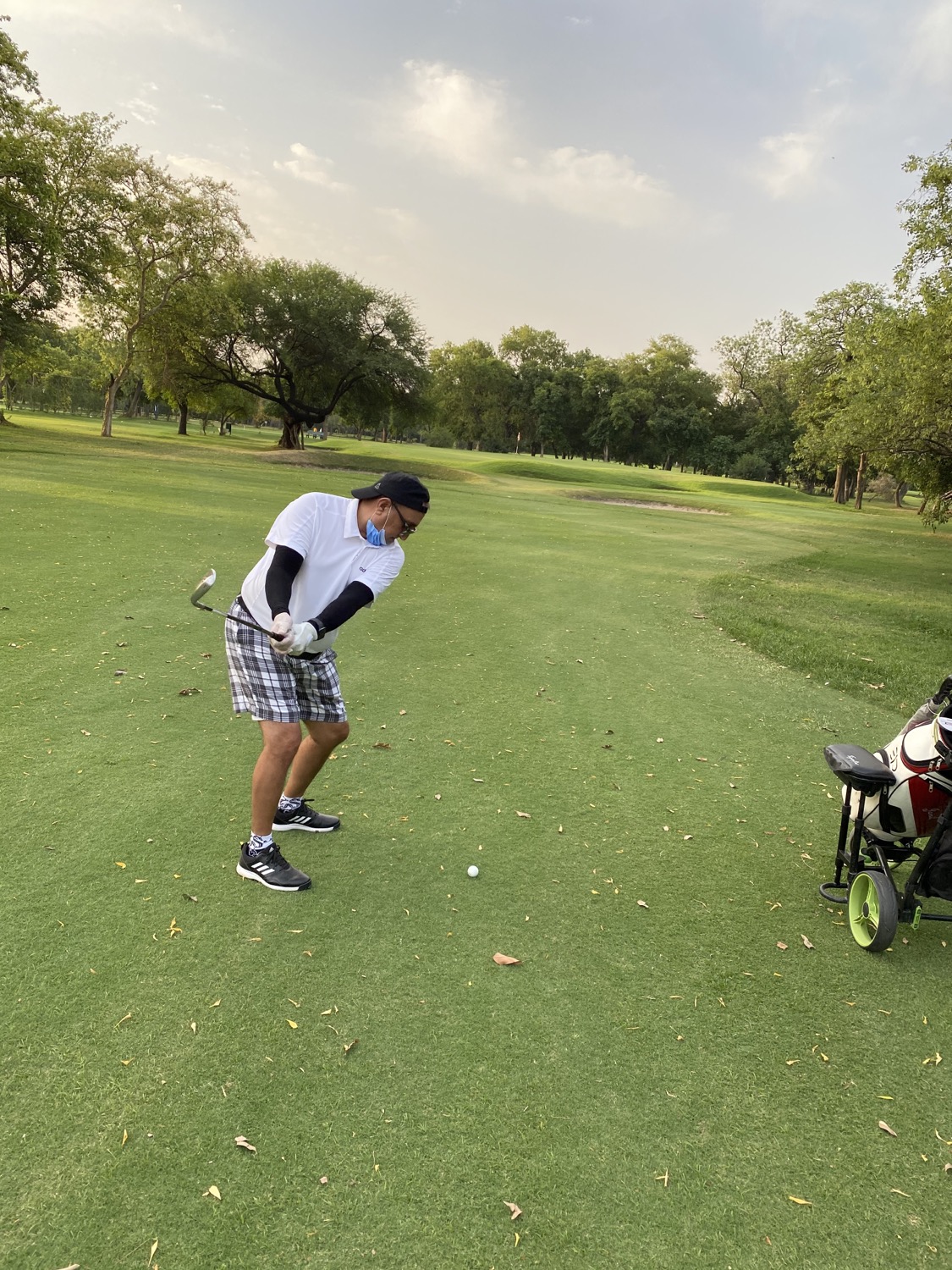Hill of the Dead
- Ahsan Jamil

- Sep 18, 2020
- 3 min read

She was still wearing stone carved bangles on her left arm although nothing remained of her but those bones. Ladies really hang on to their jewelry. Those man made rings of stone can out last many more wearers like her. What a journey of this stone. Still on display catering the same charm, performing the same duty. Making her beautiful, dead or alive or even when she is merely a skeleton.
He had a broken skull and his primitive spear slept on his side. Human dependence on weaponry. There are many things that can protect us like wisdom, trust, tolerance, patience and parlays but we keep developing killer artifacts. He had been injured probably in some war and fighting seems to be a part of human nature. Although Harappans were the most peaceful people as excavation shows no proof of military establishments and forts. Yet they were destroyed by the armed invaders, the Aryans. Doesn’t matter what era humans lived in, violence had been an unfortunate phenomenon in their life. Killers and the dead both suffered fates of their own but fight goes on and on with the no end in sight.
This couple was tall and had mouths full of teeth, meaning they died young. Both skeletons were narrating a historic chronicle of human fragility and endeavour at the same time. There was a large clay jar carrying a skeleton of a baby, excavated from a grave nearby. Human love for their offsprings is older than time itself. The toys made of baked clay and these burial jars are saying that out loud. This is the Harappa Museum; present house of the Indus Valley civilisation, otherwise known as Mohenjo Daro(the hill of the dead) and Harappa.

I had promised my daughter to take her to Harappa Museum one day and this was that day. We had planned a visit to this museum of the Indus Valley civilization of the Early Harappans from 3300 BCE. We reached Harappa in the afternoon. This town still lives on. Instead of the oxen driven carts there is a railway station on one side and a major national highway on the other side of it. Millions pass through here each year a few are interested in knowing how many millennials this town has seen.

The first extensive excavations at Harappa were started by Rai Bahadur Daya Ram Sahni in 1920. Ever Since this town has caught the attention of anthropologists and archeologists. Today it is a well preserved site; protected by steel fences from the present Harrapans.
The Indus Valley civilisation had beautiful jewelry, artistic pottery, well crafted artifacts, paved streets, bricked homes with running water and attached toilets, indoor bathrooms, burial grounds, wooden coffins, markets, bazaars and inns. They had Highly sophisticated customs, education, agriculture, art and craftsmanship. They could read and write and they had wheels. They domesticated animals, used oxen driven carts and plows. They had water reservoirs and channels. About 2500 years before Ancient Rome the Indus Valley civilization had widespread systems of brick and terracotta drainage ducts. Their clay-based glazed and unglazed ceramics were still displayed in these museums as proof of their advanced artistry. Swastik was also an important symbol of these civilizations. In short Harappans were literate and use Dravidian language. They were urbanized and mercantile people with organized cities built by baked bricks and without fortifications. Their weaponry does not indicate any military activity. Their remains strongly suggest that they were peaceful and their societies were not segregated by classes rather evidence shows their equality and unionism. There are no signs of palaces and temples. These people were communal and peaceful.
These societies were either inundated by floods and environmental changes or the invasions of Aryans; the armed Eurasians.
Museums are encyclopedias of visual history. The remnants of lifespan spread though the millennials lost in the blackhholes of time and in the particles of dust and drain. We go there to have a glimpse of the life of the gone generations. These are strong evidence that we are visiting this tiny planet for a brief period of time as individuals but through the common commute of humanity we are here from time immemorial and we may be here till the end of time. What a story of continuation and discontinuation. Life stops here and begins there. We are carrying within us the beginning and the end. It is taken from one and given to another. Who is typing the pages of life and who is flipping them.

Credits
Harappa.com
YouTube
Wikipedia
Encyclopedia Britannica
By
Ahsan Jamil
Golfer, Author, Blogger, poet, Entrepreneur, Wanderer
Gmail: Golfaij@gmail.com
Website: Golfaij.com







Comments